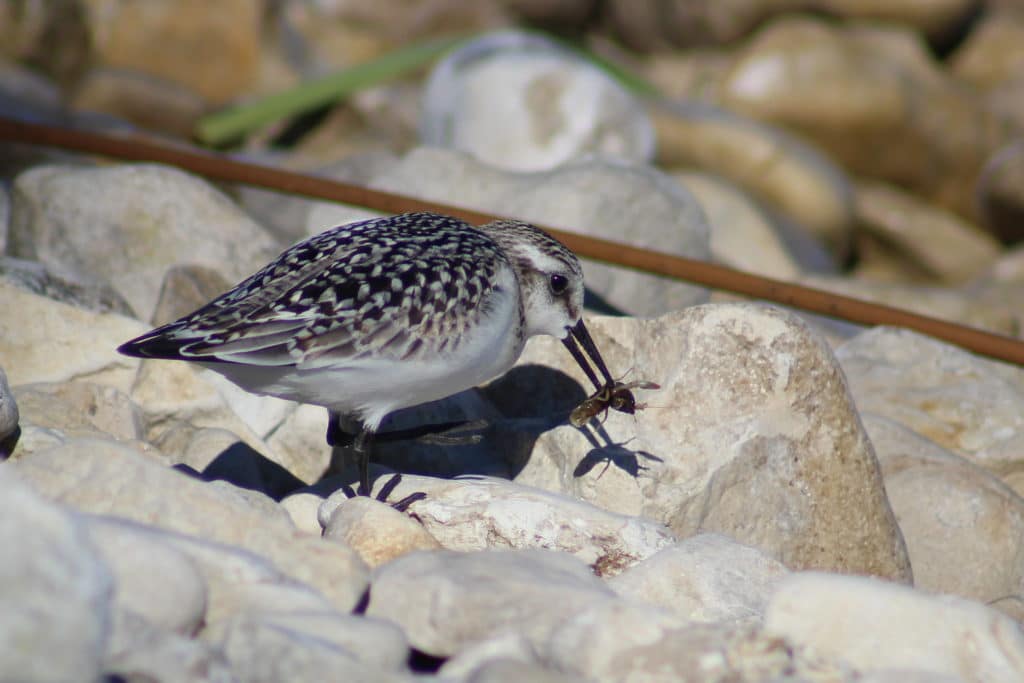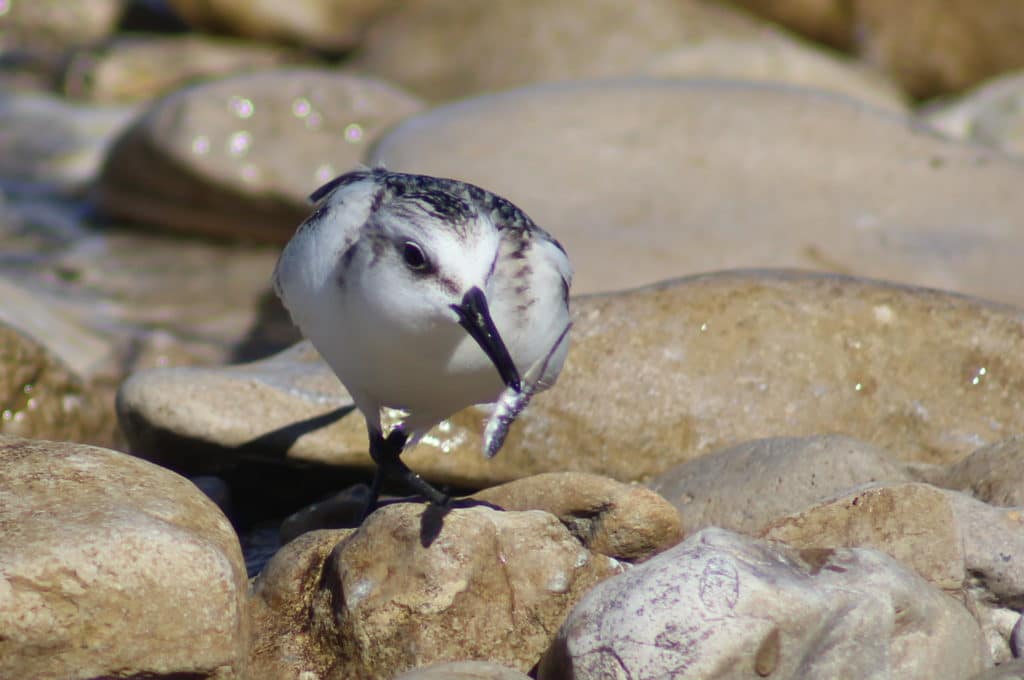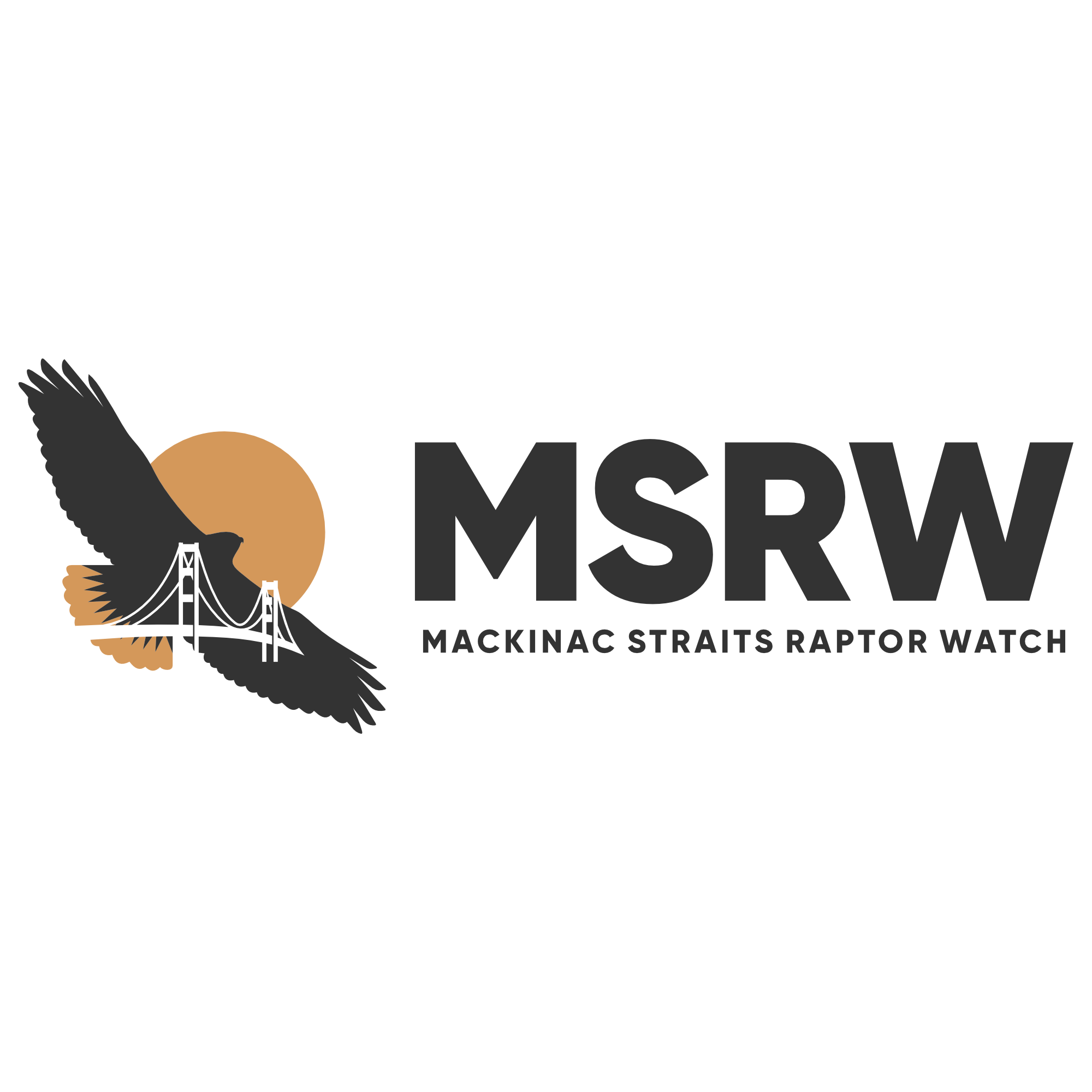It’s surprising to me that today marks one month since the start of the Fall Waterfowl Count. Time has gone by so fast and I’ve already had so many great experiences and met so many awesome people. In the past week or so with the winds being more in the bird’s favor, migration has started to pick up. Red-necked Grebes are still moving through but appear to be past their peak and Common Loons are still regularly trickling through. Dabbling ducks are becoming more common with Redhead and Greater Scaup flocks starting to appear. Raptor activity has also increased in the past few weeks with hundreds of Broad-winged Hawks flying over in kettles and dozens of Sharp-shinned Hawks moving over the water.
On September 8th during the last hour of the count as a storm was rolling in, I was delighted to see a pair of immature Bonaparte’s Gulls fly by at close range. I was even able to get some photos. It was fun to see a gull other than a Ring-billed or Herring.
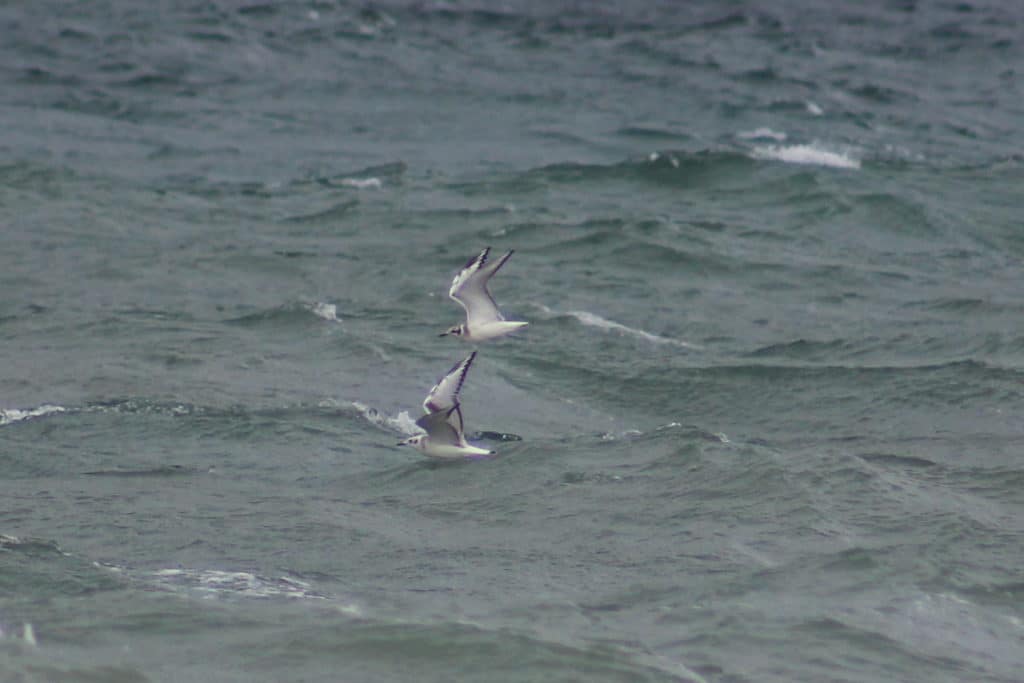
Ebird Checklist: https://ebird.org/checklist/S94381200
Sandhills Cranes have started to move south in recent days. Though they are a common species here in Michigan, back in Pennsylvania they are a rare and delightful treat. In Pennsylvania I believe we only have a hand full of breeding pairs and I’ve only had three sightings in the state. So I am happy that they are more common here and I can appreciate their uniqueness and hear their trumpeting.
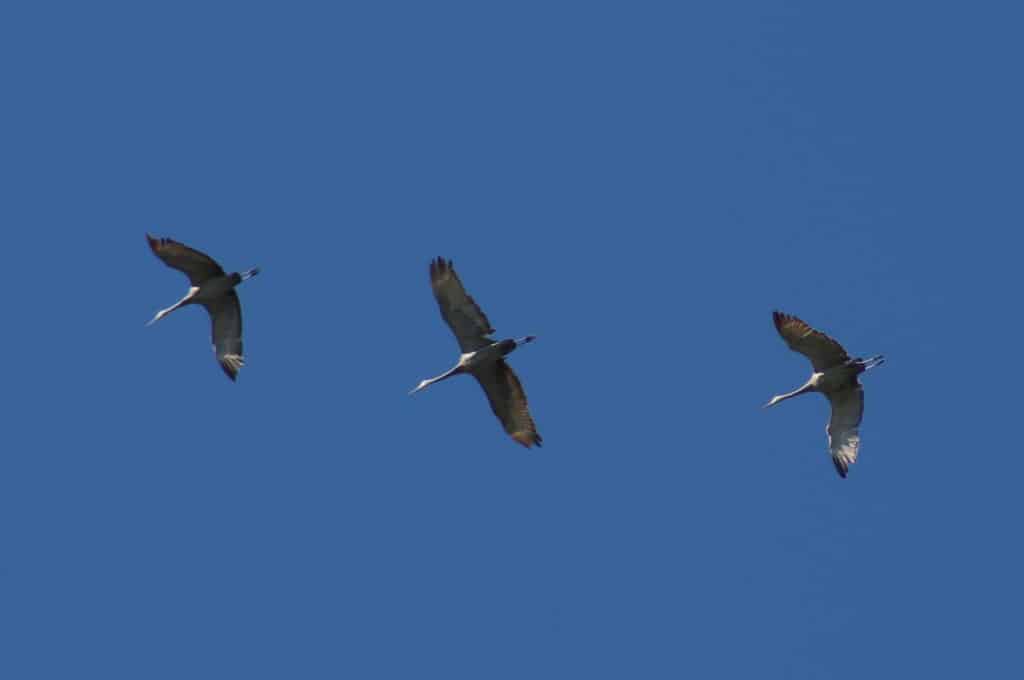
Ebird Chechlist: https://ebird.org/checklist/S94620378
On the 16th I had the company of three sanderlings while at McGulpin Point. I spotted them further up the shore than where I was stationed and they slowly made their way down to me where they rested for a good 30min, only 2 yards in front me of! I was able to get some great photos and document their feeding habits. In the first photo below you can see that one has a rusty crayfish which is an invasive species of crayfish. You can tell its a rusty crayfish from its orange-tipped claws. It’s good to know that native species can use them as food to fuel their migration. The second photo shows a Sanderling with a Nine-spined Stickleback it found on the shore. I think it is really interesting to notice how birds (and other animals) interact with other species and how they fit into each other’s food webs.
